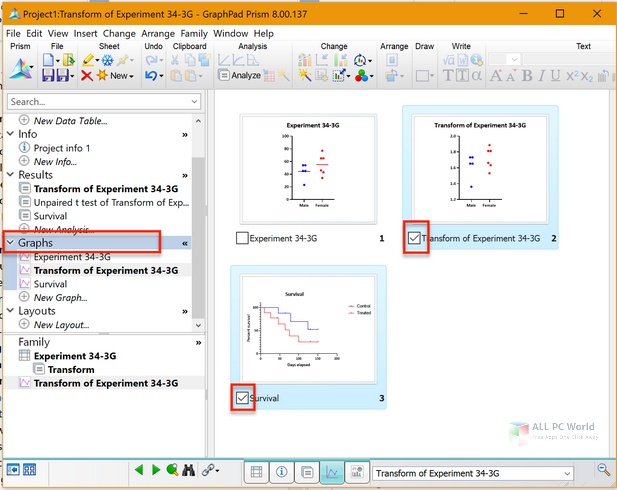
Implications for clinical utility and research production are discussed. In the present article, we provide an overview of how behavior analysts can use GraphPad Prism's heat-map feature to efficiently populate fine-grained graphs of behavior with data points that are coded automatically (e.g., with categorical colors or gradients). Such analyses can be burdensome to conduct manually (e.g., changing the color of individual data points based on error type), and more efficient methods (e.g., using conditional formatting in Microsoft Excel data tables) might not be conducive for producing publication-quality figures. In a post-hoc analysis, a plot of within-session error patterns can reveal which variables may be contributing to faulty stimulus control. For example, an ongoing plot of when problem behavior occurs across days and times can yield useful information regarding the function(s) of problem behavior.


Behavior analysts sometimes consider various forms of data analysis when making clinical decisions and when attempting to illuminate interesting relations in existing datasets.


 0 kommentar(er)
0 kommentar(er)
